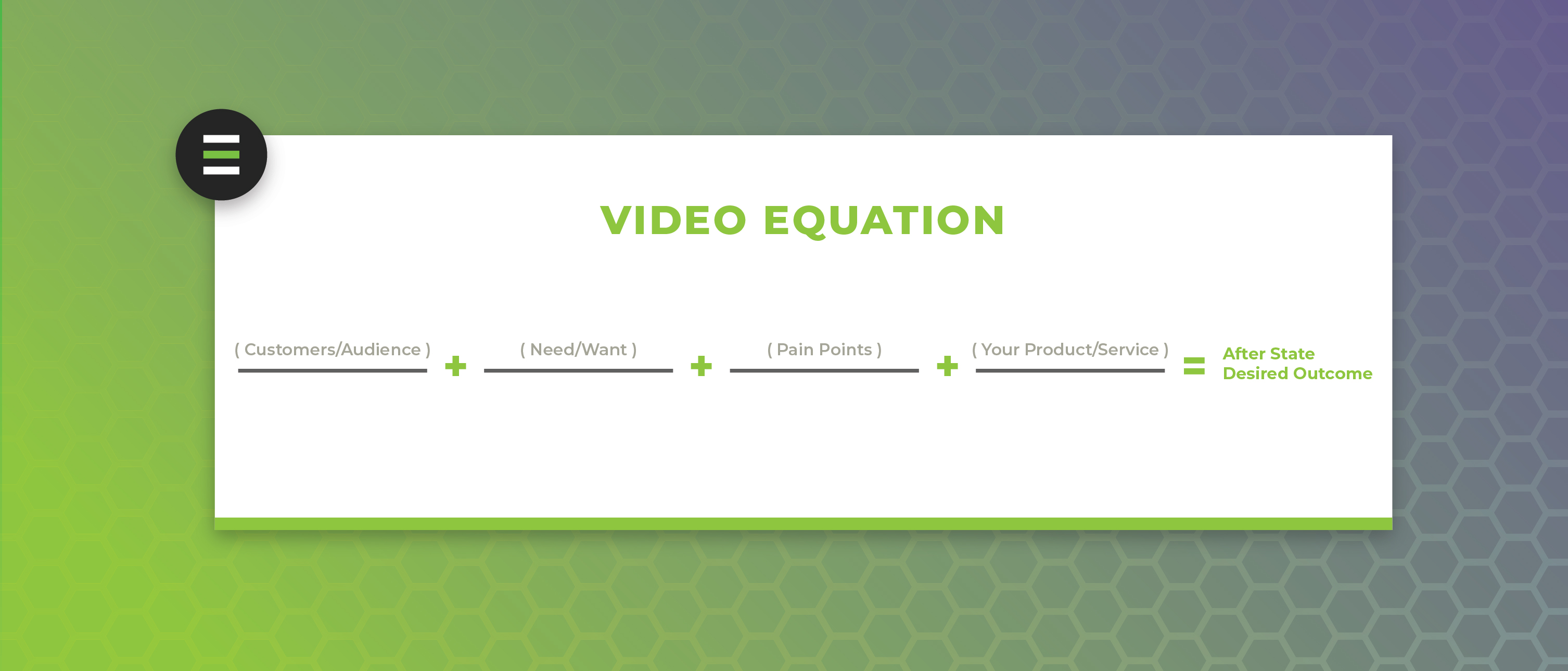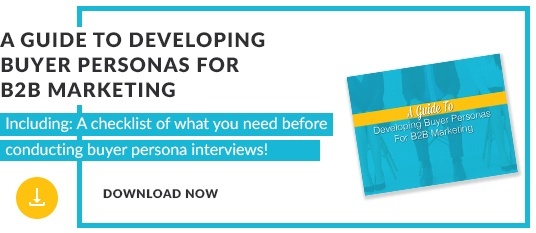How to Develop the Perfect Story for Your Video
“Storytelling is the most powerful way to put ideas into the world.”
Robert McKee
In the not-so-distant past, we approached marketing and advertising much differently than we do today. Instead of appealing to the people searching for a solution, campaigns and ads tended to focus on the product or service instead. As competition increased and the science behind marketing emerged, marketers began to see how saturated and noisy marketing messages had become, thus creating the need to shift towards a more targeted marketing strategy.
In short: nobody cares about what you can do if you don’t make it relevant to their lives.
Today, it’s no longer enough to simply tout the merits of your solution. Customers want to know that you understand them as people and, more importantly, why your solution is the one that best integrates into their lives. To effectively demonstrate this, marketers need to uncover the elements that comprise a buyer’s story: who they are, what they want, what their challenges are, and how a company’s product/service can help them get there.
Video + Story = Marketing Magic
As we’ve told you before, video is THE medium you should be investing in this year and beyond. And with video, it’s critical to utilize storytelling to convey your message. If a picture is worth a thousand words, one minute of video is worth 1.8 million words, according to digital marketing guru James McQuivey. Don’t waste time and piss away your budget—make sure you’re saying what you really want to say and what your audience needs to hear.
So, Why Story?
We’re born to think in terms of story. It’s how our brains process information and make sense of the world around us. Stories provide a framework, with logical steps from beginning to end.
What is it we love about great stories? Is it the exciting plots, the fast-paced action sequences? Or is it something more visceral? While it’s thrilling to watch a well-choreographed fight scene or high-speed chase, it means more when we’re emotionally invested in the characters doing cool things. We care when we can relate to them.
Stories resonate when we are able to see ourselves in them.
Framing Your Story
In stories, the focus should be on the hero. Ah, the hero, you may be thinking. Is the hero my product or service, coming to save the day?
Nope! A bit cavalier of you, but nice try.
In marketing, the hero is your customer. And just like in stories, your hero will have a goal and a problem they’re trying to solve. Heroes are relatable and share your audience’s struggles while providing someone to root for. In the end, the hero’s goal is to find a solution and be transformed.
To create a great hero and tell a story that will be worth something, you need to know your audience. You accomplish this through research and creating buyer personas.
Fact: if you don’t understand your audience’s pain points and the problems they’re trying to solve, they have no reason to trust you and, ultimately, choose you.
Developing the Logline
When crafting stories, writers utilize a formula known as the hero’s journey, which provides the framework for any story we watch or read. In marketing, we tell stories based on an abbreviated version of this, and you can easily develop your own by writing a logline.
A logline is a brief summary (usually one-sentence) of a story that states the central conflict, often providing both a synopsis of the story's plot and an emotional "hook" to stimulate interest.
When pitching a book or show idea, writers come up with a logline, which contains the basic elements a story should have: hero/character, goal/need, challenges/stakes, and the transformation/triumph (solution).

Here are a couple of logline examples from popular movies.
- A boy discovers he’s a wizard and starts his studies at a magical school, where he must learn to master his magic to defeat the wizard who killed his parents. (Harry Potter)
- A boy in poverty and a wealthy girl fall in love despite strict societal expectations, but when the luxury cruise ship they’re on hits an iceberg, they must fight for survival together. (Titanic)
You’ll find the elements of the logline in movie trailers, which tease audiences with just enough so they want to see the resolution for themselves. Note: for movies/books, writers will hint at the solution instead of giving it away, because nobody likes spoilers.
Loglines in Marketing
Let’s apply this thinking to making a video for your business. To make the language marketing-specific, we’ll write the logline as:

Looking at any (good) commercial, we can see the elements of the logline at work.
This one from SimpliSafe tells the story of a person who is worried about the issues he may encounter in the world around him—a scenario that many can relate to.
- [Man living in fear of everything around him] + [wants to be safe and just live his life] + [but there are potential hazards at every turn] + [so he invests in SimpliSafe for his home and feels safe again].
Take this case study video Adhere made for one of our clients, Exterior Medics. Breaking it down, you can see that we followed the template when filming it:
- [The Coopers] + [needed a new roof] + [because their current roof was leaking] + [so Exterior Medics built them a beautiful, functional rooftop terrace, allowing The Coopers to enjoy their new home].
What’s also demonstrated through the story is an important key takeaway: that Exterior Medics was uniquely qualified to perform the renovation. In the end, they were the obvious solution.
It’s Time To Tell Your Story
Stop wasting time and tell the stories your audience needs to hear. Schedule a call with us after you build your first logline for a free 20-minute consultation. We will let you know if you’re on the right track.
You May Also Like
These Related Stories

How to Fix Sh*tty Testimonial Videos

Marketing with SaaS: Inside Memorable Success Stories




No Comments Yet
Let us know what you think